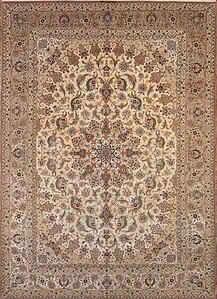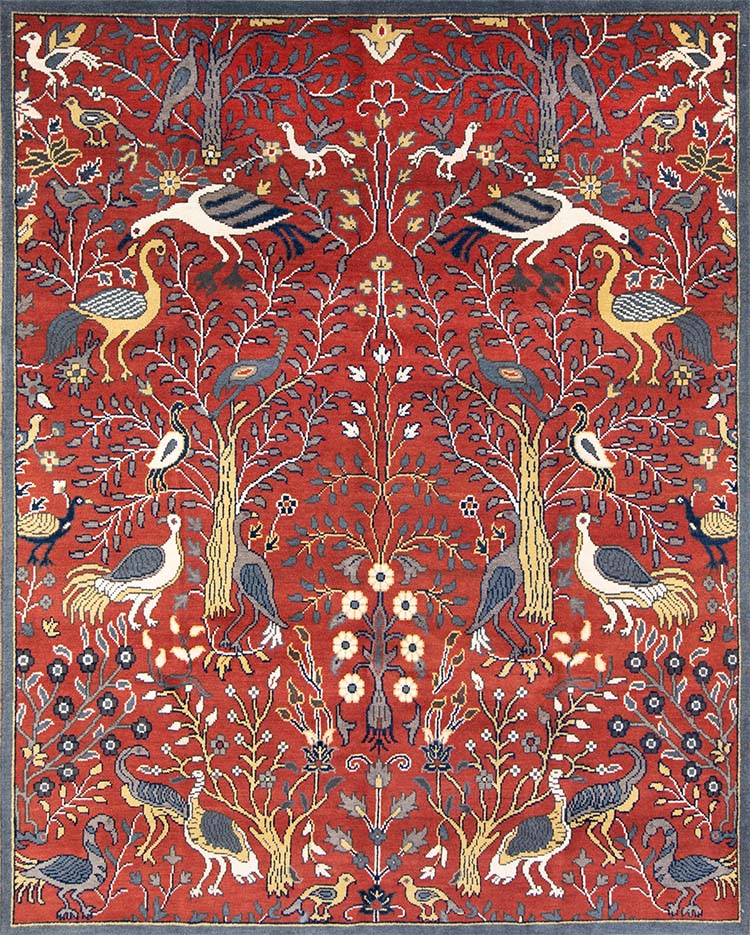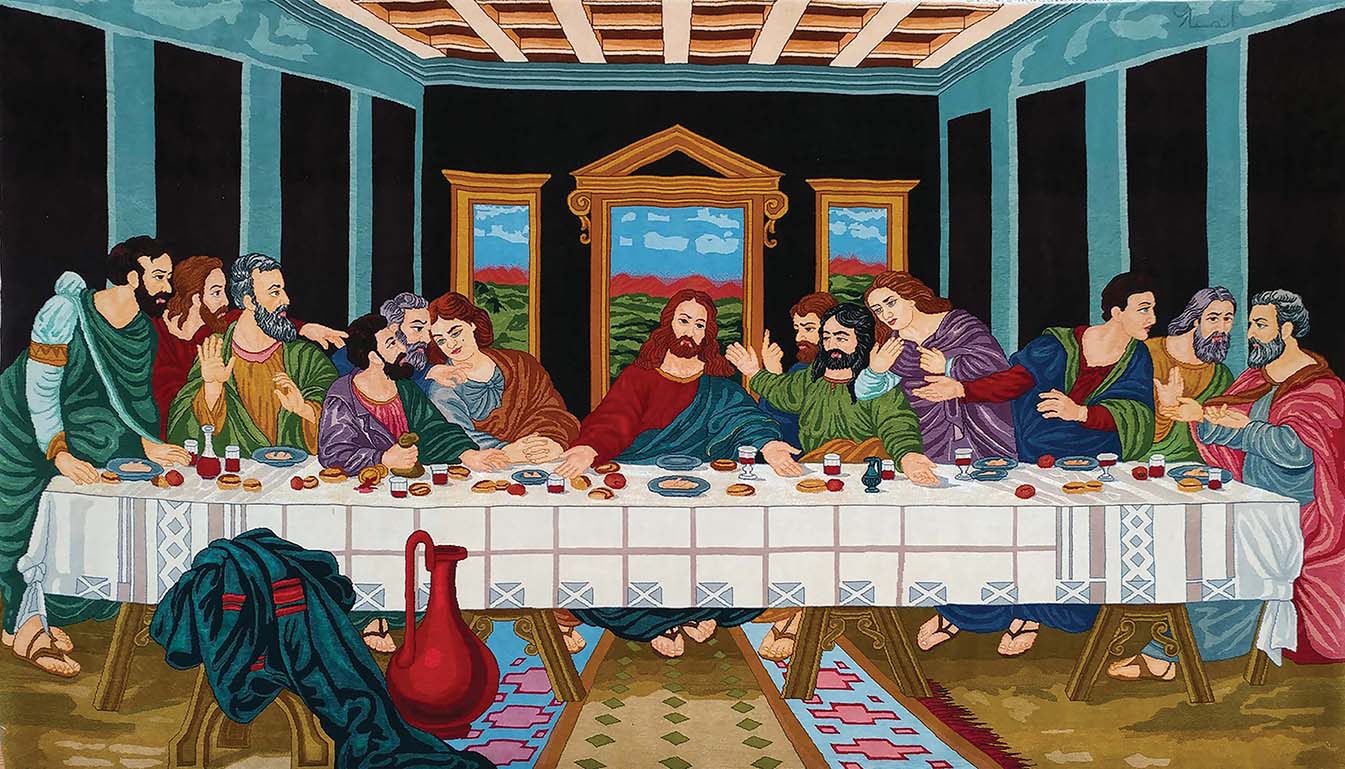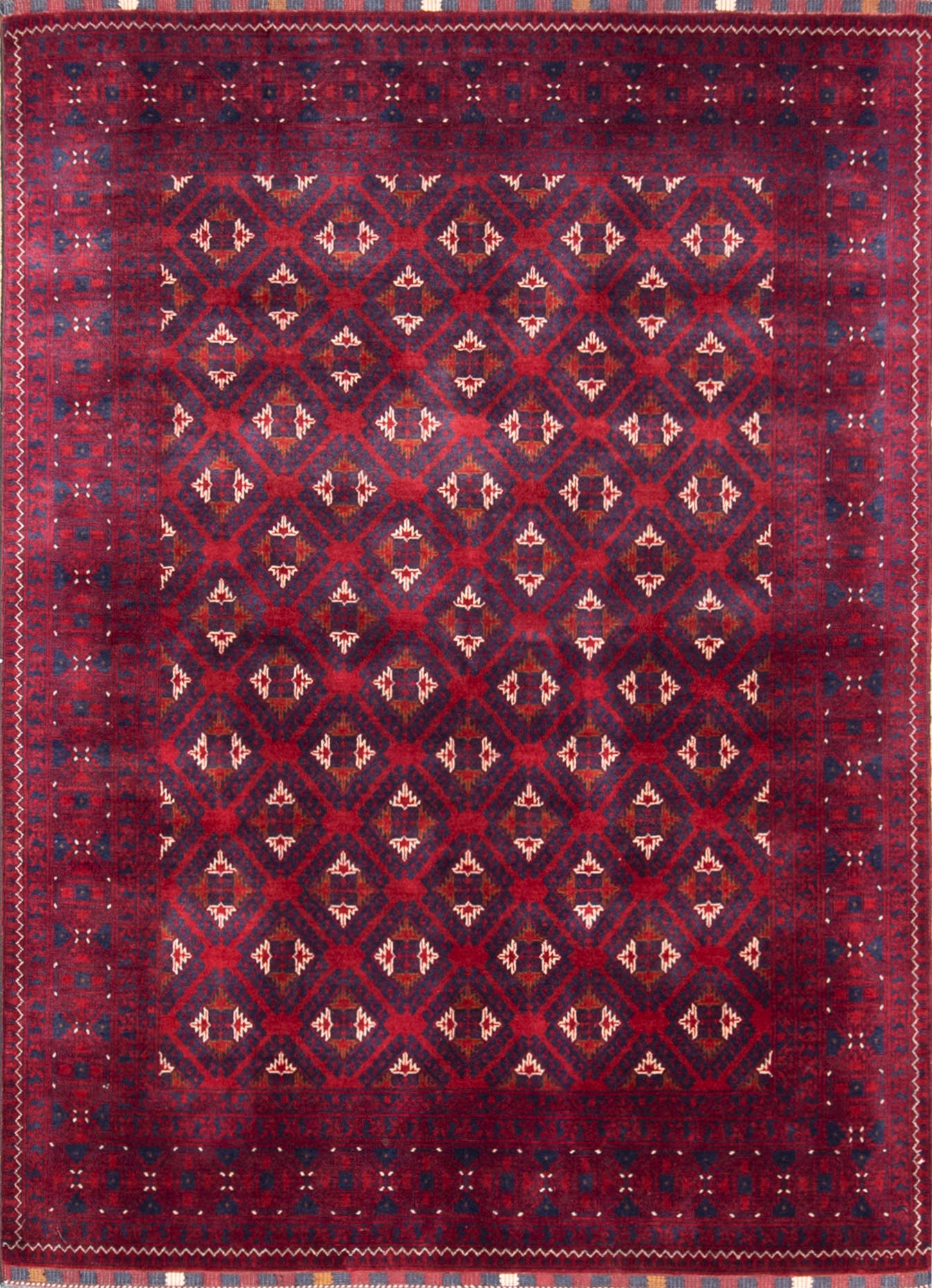
Every Persian rug pattern tells a story — a language of beauty, culture, and craftsmanship passed down through generations. These motifs are not random decorations; they are symbols of heritage, emotion, and meaning. At Beautiful Rugs Chicago, our curated collection showcases the diversity of Persian patterns — from intricate floral medallions to bold tribal geometry — each design reflecting centuries of artistic mastery.
The Meaning Behind Persian Rug Patterns
The motifs found in Persian rugs often carry deep symbolism that transcends time and geography. They represent elements of nature, spiritual beliefs, and human experience.
Common Symbolic Motifs
-
Medallion: Unity and balance, representing the universe or the sun.
-
Boteh (Paisley): A flame or seed, symbolizing growth, rebirth, and eternal life.
-
Herati: Repeating fish motifs that suggest abundance and water’s life-giving essence.
-
Gul: Geometric floral forms, often seen in tribal Turkmen rugs, symbolize protection.
-
Tree of Life: A link between heaven and earth, expressing eternal growth and spirituality.
These recurring motifs form the visual poetry of Persian weaving, connecting every rug to its region and story.
Regional Variations in Persian Rug Patterns
Persian rug designs vary greatly by origin. Each region’s environment, history, and artistic influences shape its signature patterns.
Isfahan Rugs
Rugs from Isfahan are renowned for intricate floral medallion designs, balanced symmetry, and luxurious color harmony — often in ivory, navy, and ruby tones.
Tabriz Rugs
Known for diverse motifs, from palmettes and hunting scenes to storytelling designs. The detail in Tabriz rug patterns reflects unmatched craftsmanship.
Kashan Rugs
Famous for rich red and blue fields, central medallions, and elegant arabesques. Kashan designs are the epitome of classical Persian beauty.
Nain Rugs
Nain rugs boast soft ivory and pale blue color palettes with delicate curvilinear floral designs, often accented with silk for depth and brilliance.
Qum Rugs
Highly detailed Persian Qum patterns, Pure silk rugs featuring luminous detail, garden layouts, and refined miniature-style patterns.
From the city workshops to tribal looms, each Persian rug pattern tells its own chapter of Iran’s artistic heritage.
How to Choose a Persian Rug Pattern for Your Home
Selecting the right Persian rug pattern depends on mood, scale, and interior style:
-
For classic interiors: Choose Kashan or Isfahan patterns for symmetry and elegance.
-
For contemporary spaces: Tribal or geometric Heriz and Hamadan designs create striking contrast.
-
For serene settings: Nain and Qum rugs, with their light tones and fluid motifs, bring sophistication.
Each design transforms a room, making your rug both an anchor and a conversation piece.
The Craftsmanship Behind the Patterns
The creation of a Persian rug pattern begins long before the first knot is tied. Master designers sketch detailed blueprints (called naqsha) — mathematical works of art. The weaver interprets this on the loom, knot by knot, following an ancient rhythm of precision and patience.
The interplay of color, symmetry, and proportion gives each rug its unique personality. The result: a handwoven masterpiece that feels alive, inviting admiration from every angle.
Conclusion
From city workshops to mountain villages, Persian rug patterns embody centuries of tradition and imagination. Whether you’re drawn to the grandeur of medallion designs or the simplicity of tribal geometry, these motifs carry the timeless language of Persian culture. Explore the world of handmade Persian rugs at Beautiful Rugs Chicago — where each pattern tells its story in color, fiber, and form.
Learn more about the History of Persian Carpets and styles.
FAQ
What do Persian rug patterns symbolize?
Persian rug patterns symbolize harmony, spirituality, and elements of nature. Motifs such as medallions represent balance, while boteh and floral designs express life, renewal, and beauty in Persian culture.
How can I identify authentic Persian rug patterns?
Authentic Persian rug patterns are hand-knotted with distinct regional styles. Isfahan rugs show intricate floral medallions, Tabriz rugs feature storytelling motifs, and tribal rugs have bold geometric layouts — each pattern reflects its origin’s artistic identity.
Which Persian rug pattern is best for home décor?
It depends on your style. Traditional interiors suit Kashan or Isfahan floral patterns, while modern rooms pair beautifully with Heriz or Hamadan geometric designs. Each Persian pattern brings warmth, symmetry, and timeless elegance to any room.





